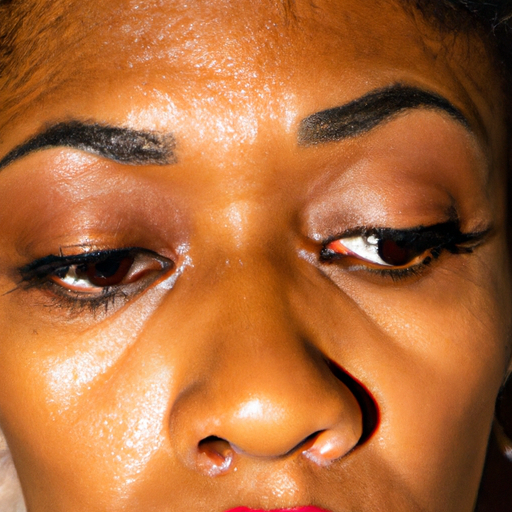As a medical professional, one of the most common conditions I encounter is dry skin. It may seem like a minor issue, but if left untreated, it can lead to discomfort, itchiness, and even severe conditions like eczema. This article aims to unveil the secrets behind diagnosing and treating dry skin.
Dry skin, medically known as xerosis cutis, is a condition characterized by a lack of the appropriate amount of water in the most superficial layer of the skin, the epidermis. While dry skin tends to affect hands, arms, and legs most often, it can occur on any part of the body. The condition is usually associated with environmental factors such as hot or cold weather, low humidity, and soaking in hot water.
When diagnosing dry skin, I usually begin by conducting a thorough physical examination and reviewing the patient’s medical history. I look for signs such as redness, scaling or peeling, and cracks in the skin. I also ask about their lifestyle habits, such as their bathing routine and the type of soap they use. These factors can contribute to skin dryness.
In some cases, dry skin can be a symptom of an underlying medical condition. Therefore, if I suspect that your dry skin is linked to an internal disease like hypothyroidism or diabetes, I may recommend blood tests or other diagnostic procedures.
Once we have identified the cause of your dry skin, we can move on to treatment. The goal of treatment is not only to relieve your symptoms but also to restore your skin’s natural protective barrier.
One of the first steps in treating dry skin is to make lifestyle changes. This includes avoiding long, hot showers and baths, using gentle soaps and cleansers, and applying a moisturizer immediately after washing. It’s also important to stay hydrated by drinking plenty of water and using a humidifier in your home if the air is dry.
Over-the-counter creams and ointments can also be beneficial. Look for products that contain ingredients like lactic acid, urea, glycerin, lanolin, mineral oil, and petrolatum. These ingredients help to lock in moisture and repair the skin.
In severe cases, I may prescribe a medicated cream or ointment. These treatments often contain hydrocortisone, a type of steroid that reduces inflammation and itching. For extremely dry skin or eczema, stronger prescription creams and ointments are available.
In addition to these treatments, it’s crucial to protect your skin from the sun. Sun exposure can dry out your skin and cause further damage. Therefore, always apply a broad-spectrum sunscreen with an SPF of 30 or higher when you’re going outside.
Lastly, remember that everyone’s skin is different. What works for one person may not work for another. It might take some trial and error to find the right treatment for you. But with patience and persistence, dry skin can be managed effectively.
In conclusion, dry skin is a common condition that can cause discomfort and affect quality of life. However, with a proper diagnosis and treatment plan, it’s entirely manageable. If you’re struggling with dry skin, don’t hesitate to reach out to a healthcare professional. We’re here to help you unveil the secrets to healthy, hydrated skin.




